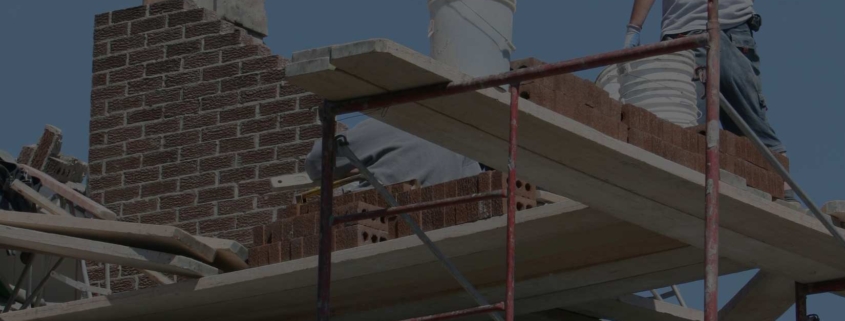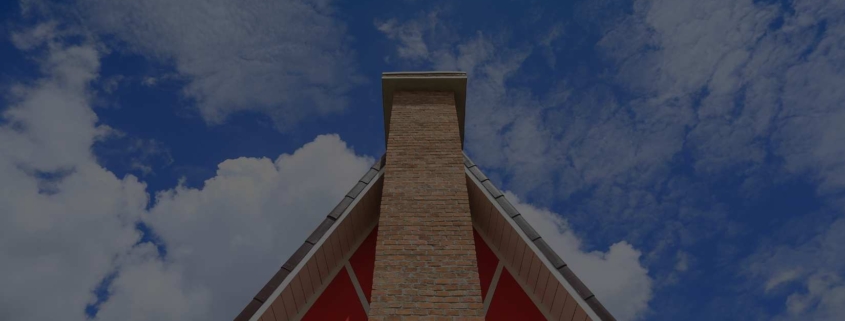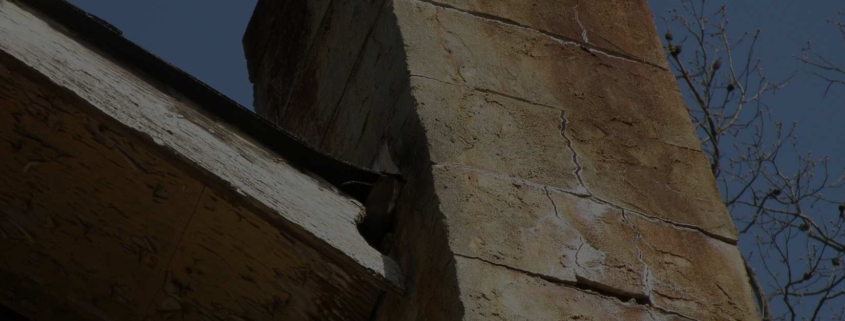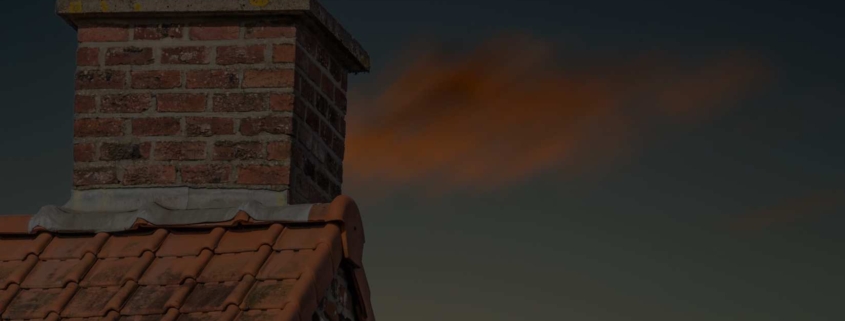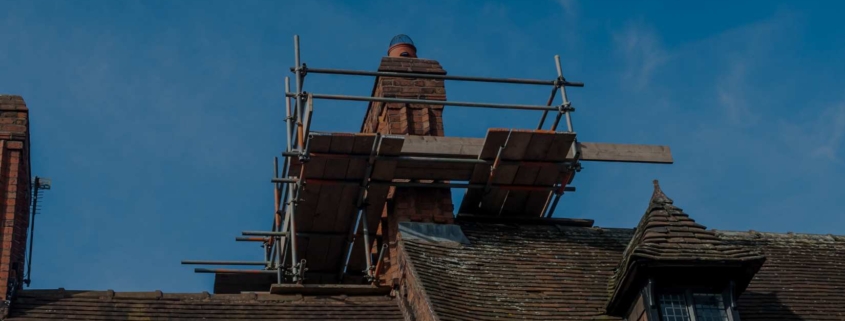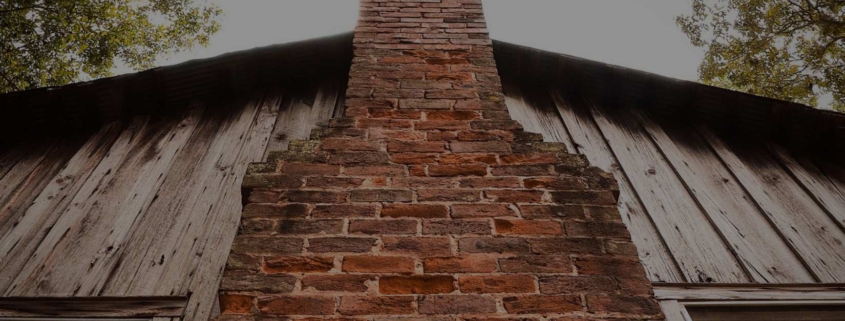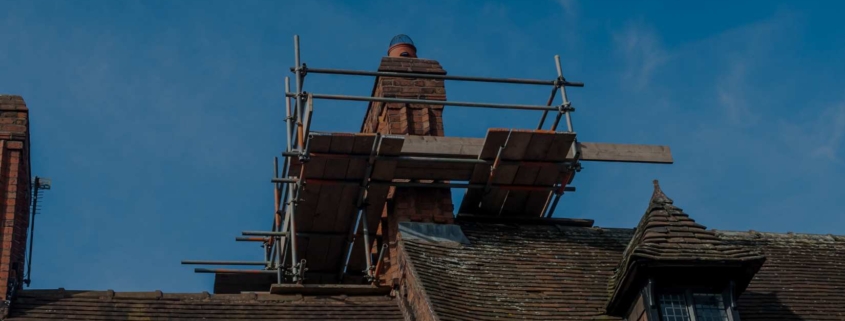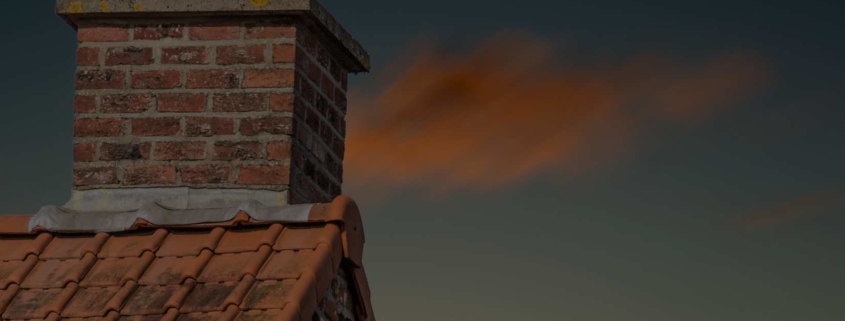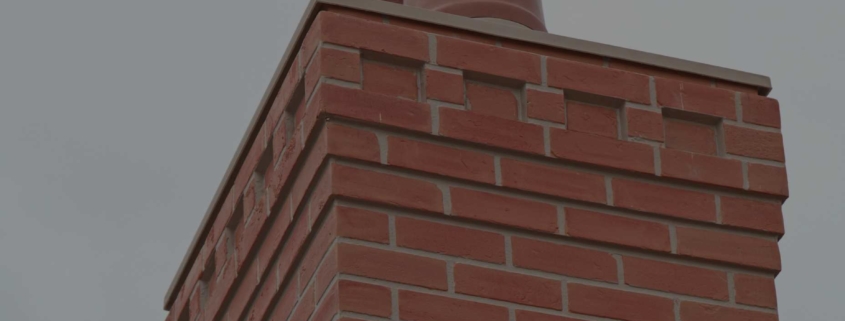Chimneys perform a critical function in maintaining a safe and efficient home heating system. They facilitate the expulsion of harmful combustion byproducts such as smoke, carbon monoxide and particulates while also stabilizing the draft flow to promote consistent and optimal air pressure within your home. However, despite their importance, many homeowners often overlook the proper maintenance and repair of their chimney systems. Damage due to exposure, aging, and neglect can pose serious risks to the health and safety of a home’s occupants, which is why understanding the signs of deterioration and adopting a proactive approach to maintenance is essential.
In this blog, we will delve into the art and science of chimney repair and maintenance. We will guide you through understanding the various components that make up your chimney system and help you identify when professional intervention is required. From detecting signs of damage to learning about various repair techniques, our goal is to provide you with the knowledge needed to effectively preserve the safety and integrity of your chimney, ultimately ensuring the well-being of your home and family.
Additionally, we will discuss the importance of preventative care and provide tips for optimal chimney maintenance. A regularly maintained chimney not only provides a safer home but also adds longevity to your heating system and helps prevent costly repairs in the future. By partnering with our team at Red Robin Masonry, homeowners can trust in receiving expert consultation and service, ensuring their chimney systems are well-maintained, functioning optimally, and safeguarding the comfort of their living spaces.
Join us as we explore the intricacies of chimney repair and maintenance, demystifying the process and empowering homeowners with the knowledge and guidance essential to maintain a safe and efficient home heating system.
Understanding the Anatomy of Your Chimney
To effectively maintain and repair a chimney, it’s crucial to first understand its fundamental components. A typical chimney system consists of several elements, each with its unique function:
- Flue: The inner passageway through which combustion byproducts are expelled. Flue liners protect the chimney’s masonry from heat, moisture, and corrosive gases.
- Cap: Positioned at the top, the chimney cap is designed to keep rainwater, debris, and animals from entering the flue. It also prevents downdrafts from blowing smoke back into your home.
- Crown: The sloping masonry layer atop the chimney acts as a shield against water penetration.
- Flashing: A sheet metal component that seals the joint between the chimney and the roof, preventing water leakage into your home.
- Firebox: Located inside the home, this is where combustion occurs in wood-burning systems; it communicates directly with the flue.
- Damper: A movable metal plate that regulates airflow, helping maintain proper draft and preventing cold air from entering the home when the fireplace is not in use.
Understanding these key components and their roles is the first step to effective chimney maintenance and repair.
Deterioration Signs: When to Call a Chimney Repair Expert
Over time, various factors, such as weather, aging, and regular use, can contribute to the deterioration of a chimney. It’s essential to be vigilant for signs of damage and seek professional help if any of the following issues arise:
- Damaged Flue Liner: Cracks or holes in the flue liner can allow heat and gases to leak into your home or damage the masonry structure itself. Regular chimney inspections can help identify and address these issues.
- Loose or Broken Chimney Cap: A damaged cap can allow water intrusion, create downdraft issues, or permit animals to enter your flue. It’s vital to ensure your chimney cap is intact and functioning correctly.
- Cracked or Deteriorated Crown: Cracks or chips in the crown can lead to water leakage and exposure to freezing and thawing cycles, further exacerbating the damage. Prompt repairs by a professional are essential.
- Damaged Flashing: If the flashing around your chimney is corroded, deteriorated, or poorly sealed, water can seep into your home’s interior, causing structural damage.
- Visible Cracks or Bulging: Cracks or bulging in the chimney’s masonry structure could signal a weakened foundation. It’s crucial to enlist the help of a chimney repair expert to assess these issues.
A Comprehensive Guide to Chimney Repairs and Solutions
Depending on the severity of the damage, there are several repair options available for your chimney:
- Flue Relining: Relining a damaged flue serves to restore its integrity and protect your home against heat and corrosive gases. This can be accomplished with a stainless steel liner or heat-resistant ceramic materials.
- Chimney Cap Replacement: If your chimney cap is damaged or missing, a professional should install a new, properly sized cap to keep your chimney system functioning optimally.
- Crown Repair: In some cases, cracked or deteriorated crowns can be repaired using a specialized crown repair compound. If severely damaged, the crown may need to be removed and rebuilt.
- Tuckpointing: This process involves removing damaged or eroded mortar from the chimney’s masonry joints and replacing it with fresh mortar, restoring the chimney’s structural stability and preventing further deterioration.
- Flashing Repair or Replacement: Depending on the extent of the damage, a professional may need to repair or replace the flashing to ensure a proper seal and prevent water leakage.
- Chimney Rebuild: In cases of extreme damage, it may be necessary to rebuild part or all of the chimney to restore its functionality and safety.
Optimal Chimney Maintenance: Tips for Preventative Care
Regular maintenance and preventative care are essential for maximizing your chimney’s life and minimizing the need for costly repairs:
- Schedule Annual Inspections: Having your chimney inspected annually by a certified professional helps identify potential issues before they escalate, ensuring your system performs safely and efficiently.
- Clean Your Chimney Regularly: Scheduling periodic chimney cleanings to remove built-up creosote and debris prevents flue blockages and reduces the risk of chimney fires.
- Maintain the Chimney Crown: Inspect the crown periodically, and address cracks and deterioration as soon as they appear.
- Replace Damaged Chimney Caps: Ensure your chimney cap is in good condition to prevent water intrusion, pests, and downdrafts.
- Protect Your Chimney from Water Damage: Regularly inspect your chimney’s flashing and masonry for signs of water damage, and consider applying a waterproof sealant to protect the structure.
Conclusion
The importance of proper chimney care cannot be overstated, with the safety and functionality of your home heating system being directly linked to its maintenance and repair. Emphasizing the need for vigilance in detecting signs of damage, enlisting professional help when required, and adopting a proactive approach to prevention can greatly prolong the life of your chimney and enhance the overall security and efficiency of your home.
As the most trusted masonry company in Toronto, Red Robin Masonry can provide invaluable expertise and tailored services to homeowners seeking high-quality chimney repair and maintenance, ensuring a comfortable, safe living environment for years. Contact us today to schedule an appointment!

